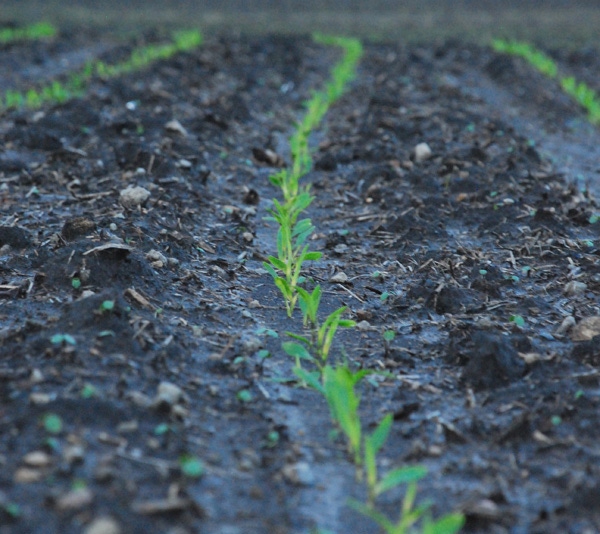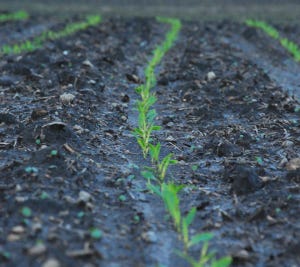Planting 2015: Corn planting moves along, now let it rain!
May 7, 2015

The latest USDA report shows that 55% of the corn is planted and 9% has already emerged. And that was a few days ago. The good news is that moisture conditions have generally been adequate and in areas where corn planting is lagging a little behind, it’s because wet conditions are slowing the planters.
While those figures are certainly heart-warming, the planting progress reports have become less and less important over the years as farmers have proven that with today’s equipment, they can get a lot of acres planted in a very short window. Also, the old saying that rain makes grain is as true as ever. Delayed planting because of wet conditions isn’t near the negative that it might have been in the past.
 It does remind us all, though, how important Mother Nature and the grain markets are to the cattle business. The subsidization of ethanol significantly reduced the size of the American cattle industry, but short-term disruption that cost our industry billions of dollars have largely been worked through and the pricing structure of the industry has been adjusted. As promised, when given incentive, the American farmer responds by increasing production to levels that many thought weren’t possible just a few years back.
It does remind us all, though, how important Mother Nature and the grain markets are to the cattle business. The subsidization of ethanol significantly reduced the size of the American cattle industry, but short-term disruption that cost our industry billions of dollars have largely been worked through and the pricing structure of the industry has been adjusted. As promised, when given incentive, the American farmer responds by increasing production to levels that many thought weren’t possible just a few years back.
After the large macro changes to our industry, the only two lingering effects of the market distortion caused by ethanol is the use of byproducts in cattle diets and the additional risk associated with grain prices. The price range for corn and grains has been greatly expanded, and while we appear destined to spend the next several years toward the low end of the price range with good harvests, we still have the potential for sharp price increases with subpar harvest levels and increased demand.

70+ photos showcasing all types of cattle nutrition
Readers share their favorite photos of cattle grazing or steers bellied up to the feedbunk. See reader favorite nutrition photos here.
The American cattle industry will always be smaller as a result of ethanol, but the second biggest impact may be that it created a seismic shift in genetic selection as well. We have all seen the tremendous increase in growth, but recent years have also seen a significant change in conversion rates. Corn fed, high quality beef may be the world’s preferred choice, but it is ironic that the ethanol effect on the cattle business actually gave the cattle industry the incentive to produce that product more efficiently. Like the American farmer, we have responded.
Let it rain, and bring on the grain!
The opinions of Troy Marshall are not necessarily those of beefmagazine.com and the Penton Agriculture Group.
You might also like:
60 stunning photos that showcase ranch work ethics
When should you call the vet on a difficult calving?
What's the value of a bred beef heifer in 2015?
Meet the nation's biggest seedstock operators
9 new hay-making tools for the 2015 forage season
About the Author(s)
You May Also Like


.png?width=300&auto=webp&quality=80&disable=upscale)
